Knowing if your meat is cooked properly is both the difference between a delicious meal and an inedible one... and the difference between making your guests sick and keeping them safe.
Yes, you can use a thermometer—but not everyone has a reliable gauge, and sometimes you may find yourself cooking without one. So it makes sense to have in your arsenal of kitchen skills several ways of judging whether or not your meat, poultry, or seafood is cooked to perfection.

Here are a variety of ways to tell if your food is cooked the way you want it, depending on the method you're using for cooking and the protein you are using as the center of your meal.
Beef, Pork, & Lamb: Slow Cooked/Larger Piece of Meat
If you are using a slow cooker or Dutch oven (or any very large vessel) to cook your larger piece of beef, pork, or lamb for a long period of time, it's safe to assume that your protein is fully cooked. With dishes like pulled pork, brisket, ribs, or braised lamb shank, the fact that the meat comes apart in shreds or pulls off the bone with ease is a very strong indicator that it is cooked through and through.
If you are making a roast, however, you really should follow the recipe, or the time guidelines listed at the end of this article, and use a thermometer to make 100% sure your meat is cooked appropriately.
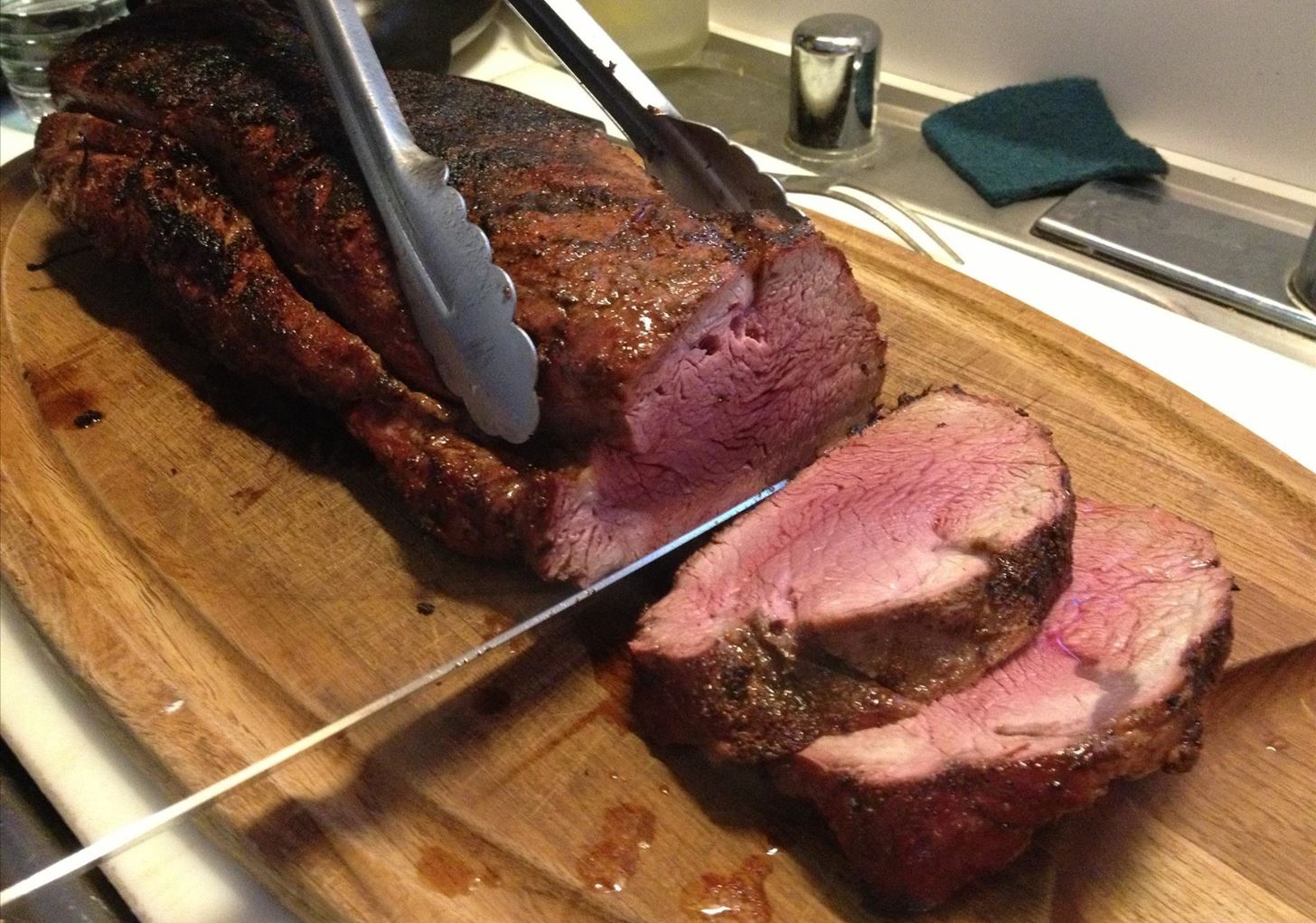
Beef, Pork, & Lamb: Grilled, Pan-Seared, Roasted, Baked
Any preparation that involves a high(er) heat and a shorter cooking time requires a slightly more definitive way of judging the degree of doneness of the meat. While not an exact science, there are several ways to do this:
- Open your hand, palm up, and relax it. With your other hand, feel the fleshy part right below your lowest thumb joint. This is what raw meat feels like.
- Now touch the tip of your index finger to the tip of your thumb and feel the muscle below your thumb again. This is how rare meat feels.
- Repeat the feeling of the thumb muscle with your middle finger to your thumb (medium-rare), your ring finger to your thumb (medium), and your pinky to your thumb (well-done).

- Make a relaxed fist, with your fingers loosely curled in and your thumb resting atop your index finger. Feel the webbing between your thumb and your index finger: in this position, it will feel the same as a rare piece of meat would feel.
- Tense/clench your fist a bit more tightly, and now that same area of your hand feels like medium meat would feel.
- Finally, if you make a real fist, that now-tight area of your hand is going to feel how a piece of well-done meat feels.
- Relax your face—no smiling or grimacing. Now touch your finger to the fleshy part of your cheek: this is the way a rare piece of meat will feel.
- Touch your chin, right above the point but well below your lower lip. This slightly firmer feel is analogous to a medium-rare doneness.
- The tip of your nose (if you haven't had work done) is similar to the feel of a medium done piece of meat.
- Your forehead is most like a well-done piece of meat.

Note that using these means for judging the doneness of meat is something that gets easier and more accurate with practice, so until you are pretty confident in your skills, feel free to back up your feel tests with a thermometer reading. If nothing else, it will help you refine your accuracy!
Poultry
These tips apply to chicken, turkey, duck, or any other tasty bird that you prefer to dine on.
Poultry: Roasted or Grilled Whole Bird
As with larger cuts of land-based animals, when using a whole bird of any sort and regardless of the cooking time, you really should use the time chart a the bottom of this guide and a thermometer. (Spatchcocking the bird can ensure a more even cook and less precision regarding temperature as well.) But for the sake of all that is sacred in the kitchen, do not use those awful little pop-up jobs that come in the bird!
- Don't Miss: How to Cook a Perfectly Roasted Chicken

Poultry: Roasted, Grilled, Baked, Sautéed (With or Without Skin)
Don't have a thermometer on hand? One of these tips will do the trick.
Touch tests:
Any of the methods detailed above for beef, pork, or lamb will work for poultry as well—but of course, you only want your poultry choice to be well done! So touch your thumb to your pinky, clench your fist, and press your forehead to get an idea of the feel of a fully cooked piece of poultry.
If you poke the piece of chicken with the tip of a sharp knife or a carving fork in its thickest part and the juices run clear (as opposed to red or pink-tinged), the meat is done.
This piercing needs to be done carefully, though: you don't want to push in so deeply that all of the juices run out; after all, you want chicken that is cooked through but still moist. Make sure you sharpen your knife (or that the tines on your carving fork are still sharp) before you poke your piece of chicken. And if you will be using your chicken in cut-up pieces in a dish, you can actually cut all the way through a piece and see that it is completely cooked.
When meat or chicken cooks, it shrinks in size. There is less reduction in size for meat on the bone, but if your piece of chicken is cooked through there should be visible shrinkage. That said, if there is a significant lessening in size, your chicken is probably overcooked.

Fish
Note that these methods apply for all cooking methods: grilled, baked, sautéed, or roasted.
Fish: Meaty Fish (Tuna, Swordfish, Halibut, Etc.)
Many people like these types of fish cooked rare or medium rare (make sure to get your fish from a reputable monger), so you can definitely use the same means of judging its doneness as you do for beef, pork, or lamb. Since fish doesn't give off juice the way that meat does, you can even cut into a piece and see that the fish still has a translucent quality to its interior while the exterior is now opaque. These methods also work for fish steaks of the varieties listed below.
- Don't Miss: The Food Hacks Guide to Sustainable Seafood
"Flaky" Fish (Salmon, Tilapia, Sea Bass, Cod, Etc.)
Timed Cooking:
Fine Cooking says that the old adage about cooking fish 10 minutes per inch of thickness will actually lead to fish that is dry and overcooked. They suggest cooking your fish for 8 minutes per inch of thickness for a fish that is still tender but not overdone.
- Don't Miss: How to Cook Fish Without Actually 'Cooking' It
The Cake Tester Test:
Epicurious has a brilliant way of testing fish's doneness—and it gives you another use for a common kitchen implement! It involves checking to see if the membranes in the fish have dissolved while cooking. Epicurious advises, "… slide the cake tester crosswise through the fish fillet. If it slides smoothly, the fish is done. If it doesn't—you'll feel each membrane pop as you pass through it like pulling a needle through thick fabric—the fish isn't done."
The Knife Method:
The most commonly recommended way to tell if this type of fish is done is to see if it flakes when it comes off or out of the heat. But Fine Cooking objects to this advice and says that if your fish is flaking, it's overdone already. They suggest that you poke the tip of a sharp knife into the interior of your fish, and if it gently gives way without flaking (ergo, the membranes have dissolved) it is done to perfection.

Time & Temperatures
Without question, the most reliable way to tell if your meat, poultry, or fish is done is to acquire a good thermometer (I'm a big fan of instant-read digital thermometers: they read faster and are infinitely more reliable) and make sure you follow the internal temperature recommendations. Use the chart below from the USDA as a good guideline.

Done & (Well) Done
Making sure that your meat, poultry, or fish is appropriately cooked is more than just a matter of personal taste or your reputation as a home cook. Improperly cooked proteins can lead to an alarming variety of food-borne illnesses, and nothing ruins a good meal more than food poisoning!
But, if you follow these suggestions (and practice a lot with the touch tests), you will be impressing your family and your guests with your doneness-savvy as well as your delicious cooking.
More Meaty Food Hacks:
Just updated your iPhone? You'll find new emoji, enhanced security, podcast transcripts, Apple Cash virtual numbers, and other useful features. There are even new additions hidden within Safari. Find out what's new and changed on your iPhone with the iOS 17.4 update.
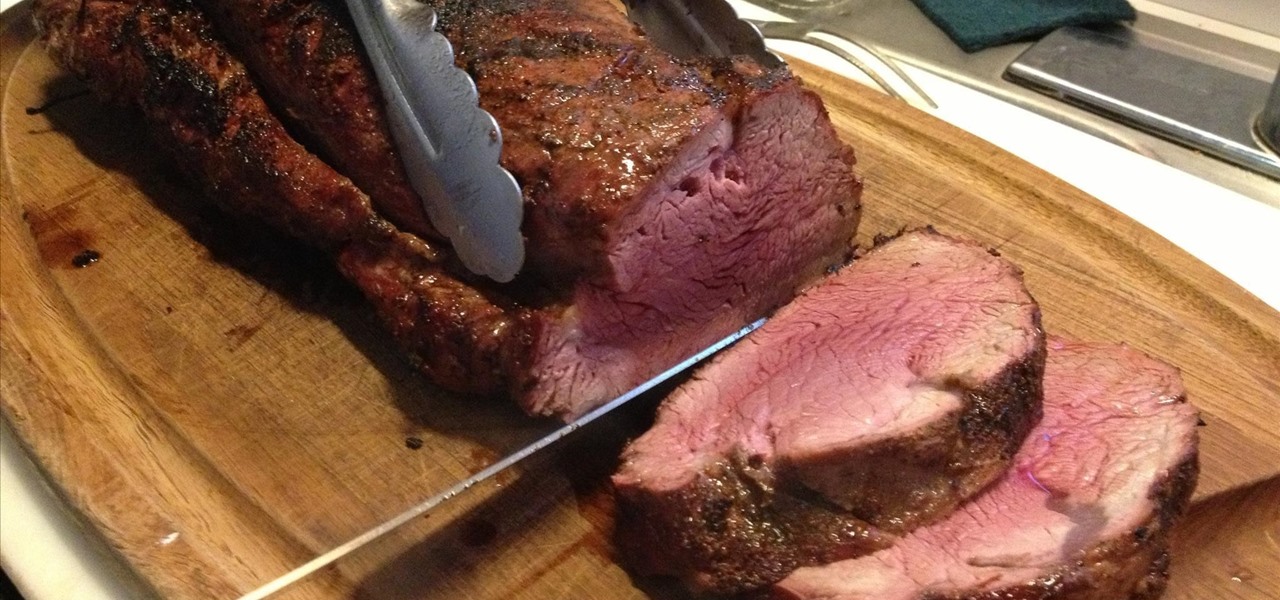






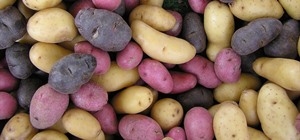



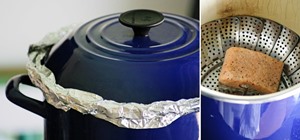


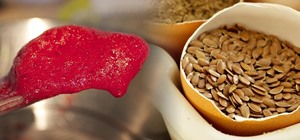
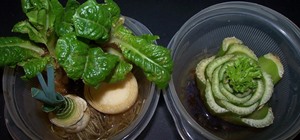

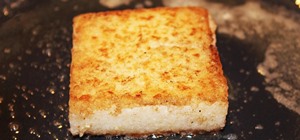
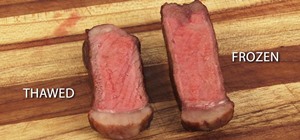




Be the First to Comment
Share Your Thoughts